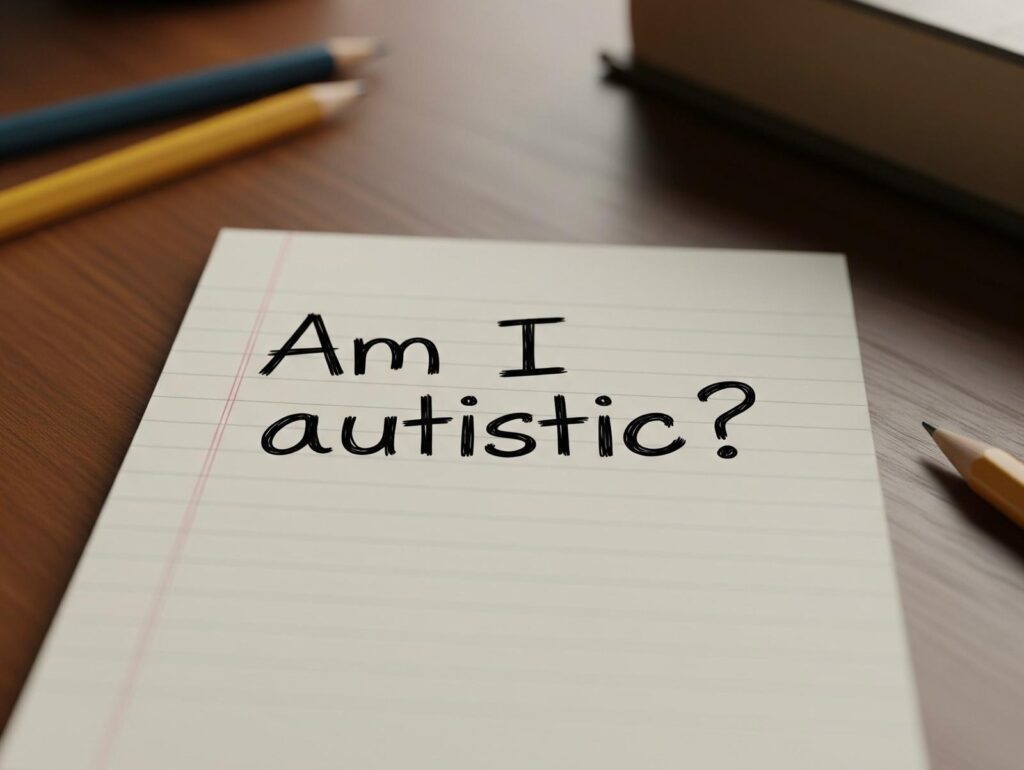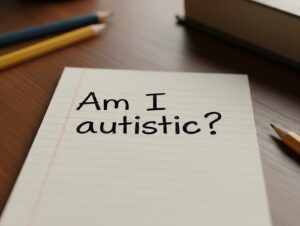Kim Kardashian, a prominent figure in popular culture, has significantly influenced beauty standards with her hourglass figure, particularly her notably small waistline. This article examines the impact of Kim Kardashian’s waistline on societal beauty standards, discusses the methods purportedly used to achieve and maintain her figure, and explores the potential health implications associated with these practices.
The Influence of Kim Kardashian’s Waistline on Beauty Standards
Kim Kardashian’s figure, charactersed by a small waist and curvaceous hips, has become a widely coveted body type, particularly among young women. The influence of celebrities on beauty standards is well-documented, with media representations playing a critical role in shaping public perceptions of the ideal body (Dittmar, 2009). Kim Kardashian’s frequent appearances in media and her active social media presence amplify her influence on contemporary beauty ideals.
Social Media and Body Image
Social media platforms, particularly Instagram, where Kim Kardashian has over 200 million followers, contribute to the dissemination of her image and influence. Studies indicate that social media exposure can significantly impact body image concerns and the desire to achieve specific body types, often leading to unhealthy behaviors (Fardouly et al., 2015).
Methods for Achieving and Maintaining a Small Waistline
Waist Training
Kim Kardashian has popularised the use of waist trainers, corset-like garments designed to cinch the waist and create an hourglass figure. Proponents claim that wearing waist trainers can result in a smaller waist over time, though the effectiveness and safety of this practice are widely debated.
Evidence and Expert Opinions
Medical experts caution against the use of waist trainers, citing potential health risks such as breathing difficulties, digestive issues, and musculoskeletal problems. The temporary reshaping effect does not equate to permanent changes in body shape, and prolonged use can lead to adverse health outcomes (May, 2016).
Diet and Exercise
Kim Kardashian has also attributed her figure to a combination of diet and rigorous exercise. Personal trainers and nutritionists often emphasise the importance of a balanced diet and targeted workouts, including core exercises, to achieve a defined waistline.
Research on Effective Practices
Scientific research supports the benefits of a balanced diet and regular physical activity for overall health and body composition. However, achieving an extreme waist-to-hip ratio like Kim Kardashian’s may not be realistic or healthy for most people. It is crucial to adopt health-oriented goals rather than purely aesthetic ones to ensure long-term well-being (Donnelly et al., 2009).
Health Implications
Physical Health Risks
The pursuit of an extremely small waistline can lead to various health issues. Aside from the risks associated with waist trainers, extreme dieting and over-exercising can result in nutritional deficiencies, hormonal imbalances, and mental health issues such as eating disorders.
Psychological Impact
The pressure to conform to unrealistic body standards can negatively impact mental health, leading to body dissatisfaction, low self-esteem, and anxiety. The portrayal of such body standards in media can exacerbate these issues, particularly among impressionable youth (Grabe et al., 2008).
Celebrities and Body Image Issues: The Influence of Celebrity Culture on Public Perception
The pervasive influence of celebrities on societal standards of beauty and body image is a well-documented phenomenon. The portrayal of seemingly perfect bodies by celebrities can contribute significantly to body image issues among the general public.
The Influence of Celebrity Culture on Body Image
Media Representation
Celebrities often represent idealised standards of beauty that are widely disseminated through various media platforms, including television, movies, magazines, and social media. These representations can set unrealistic body standards that many individuals feel pressured to attain (Grabe et al., 2008).
Social Media and Its Impact
The rise of social media has intensified the influence of celebrities on body image. Platforms like Instagram, where celebrities frequently share highly curated and often edited images, play a significant role in shaping public perceptions of beauty. Studies have shown that exposure to idealised images on social media is associated with increased body dissatisfaction and the desire to alter one’s appearance (Fardouly et al., 2015).
Psychological Consequences of Celebrity Influence
Body Dissatisfaction
Exposure to celebrity images can lead to body dissatisfaction, particularly among young people who are more susceptible to media influences. Body dissatisfaction occurs when there is a discrepancy between one’s perceived body and the societal ideals propagated by celebrities (Dittmar, 2009).
Eating Disorders
The pressure to conform to unrealistic body standards can contribute to the development of eating disorders such as anorexia nervosa and bulimia nervosa. The glorification of thinness and muscularity by celebrities can drive individuals to engage in harmful behaviours to achieve similar physiques (Levine & Piran, 2001).
Self-Esteem and Mental Health
Constant comparison with idealised celebrity images can negatively impact self-esteem and overall mental health. Individuals who frequently compare themselves to celebrities may experience feelings of inadequacy, depression, and anxiety (Tiggemann & Slater, 2014).
Strategies to Mitigate Negative Effects
Media Literacy
Promoting media literacy can help individuals critically evaluate the images they see and understand the extent of photo editing and unrealistic portrayals in celebrity media. Education programs that focus on media literacy can reduce the impact of harmful body image ideals (Levine & Piran, 2001).
Positive Representation
Encouraging media and celebrities to promote diverse and realistic body types can help combat the proliferation of unattainable beauty standards. Campaigns and initiatives that feature a wide range of body shapes, sizes, and appearances can foster a more inclusive perception of beauty (Cohen et al., 2019).
Mental Health Support
Providing access to mental health resources and support for those struggling with body image issues is crucial. Therapy, support groups, and educational programs can help individuals develop a healthier relationship with their bodies and build resilience against negative media influences.
Conclusion
Kim Kardashian’s waistline has undeniably influenced modern beauty standards, promoting a body type that many aspire to but few can healthily achieve. While she credits waist training, diet, and exercise for her figure, it is essential to consider the potential health risks associated with extreme body modification practices. Promoting realistic and health-oriented body goals is crucial for fostering positive body image and overall well-being.
References
- Dittmar, H. (2009). How do “body perfect” ideals in the media have a negative impact on body image and behaviors? Factors and processes related to self and identity. Journal of Social and Clinical Psychology, 28(1), 1-8.
- Donnelly, J. E., Blair, S. N., Jakicic, J. M., Manore, M. M., Rankin, J. W., & Smith, B. K. (2009). Appropriate physical activity intervention strategies for weight loss and prevention of weight regain for adults. Medicine and Science in Sports and Exercise, 41(2), 459-471.
- Fardouly, J., Diedrichs, P. C., Vartanian, L. R., & Halliwell, E. (2015). Social comparisons on social media: The impact of Facebook on young women’s body image concerns and mood. Body Image, 13, 38-45.
- Grabe, S., Ward, L. M., & Hyde, J. S. (2008). The role of the media in body image concerns among women: A meta-analysis of experimental and correlational studies. Psychological Bulletin, 134(3), 460-476.
- May, A. (2016). Waist trainers: What experts say. Mayo Clinic Proceedings, 91(5), 634-635.
- Cohen, R., Irwin, L., Newton-John, T., & Slater, A. (2019). #BoPo on Instagram: An experimental investigation of the effects of viewing body positive content on young women’s mood and body image. New Media & Society, 21(7), 1546-1564.
- Fardouly, J., Diedrichs, P. C., Vartanian, L. R., & Halliwell, E. (2015). Social comparisons on social media: The impact of Facebook on young women’s body image concerns and mood. Body Image, 13, 38-45.
- Grabe, S., Ward, L. M., & Hyde, J. S. (2008). The role of the media in body image concerns among women: A meta-analysis of experimental and correlational studies. Psychological Bulletin, 134(3), 460-476.
- Levine, M. P., & Piran, N. (2001). Reflections on the role of prevention in the link between sociocultural factors and eating disorders. Eating Disorders, 9(3), 239-249.
- Tiggemann, M., & Slater, A. (2014). NetGirls: The Internet, Facebook, and body image concern in adolescent girls. International Journal of Eating Disorders, 47(6), 630-643.
How to get in touch
If you or your patient/NDIS clients need immediate mental healthcare assistance, feel free to get in contact with us on 1800 NEAR ME – admin@therapynearme.com.au.
Discover more from Therapy Near Me
Subscribe to get the latest posts sent to your email.






